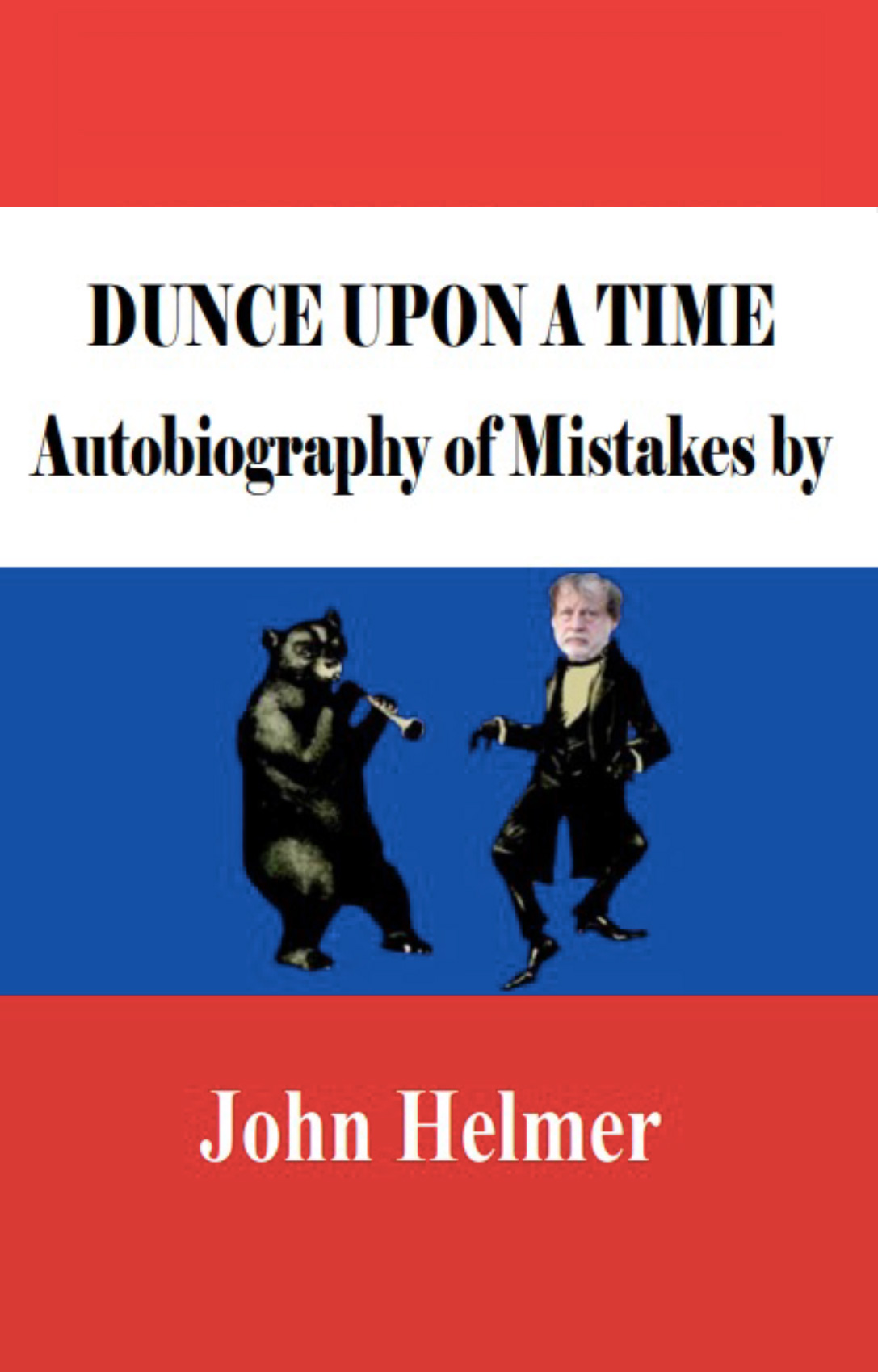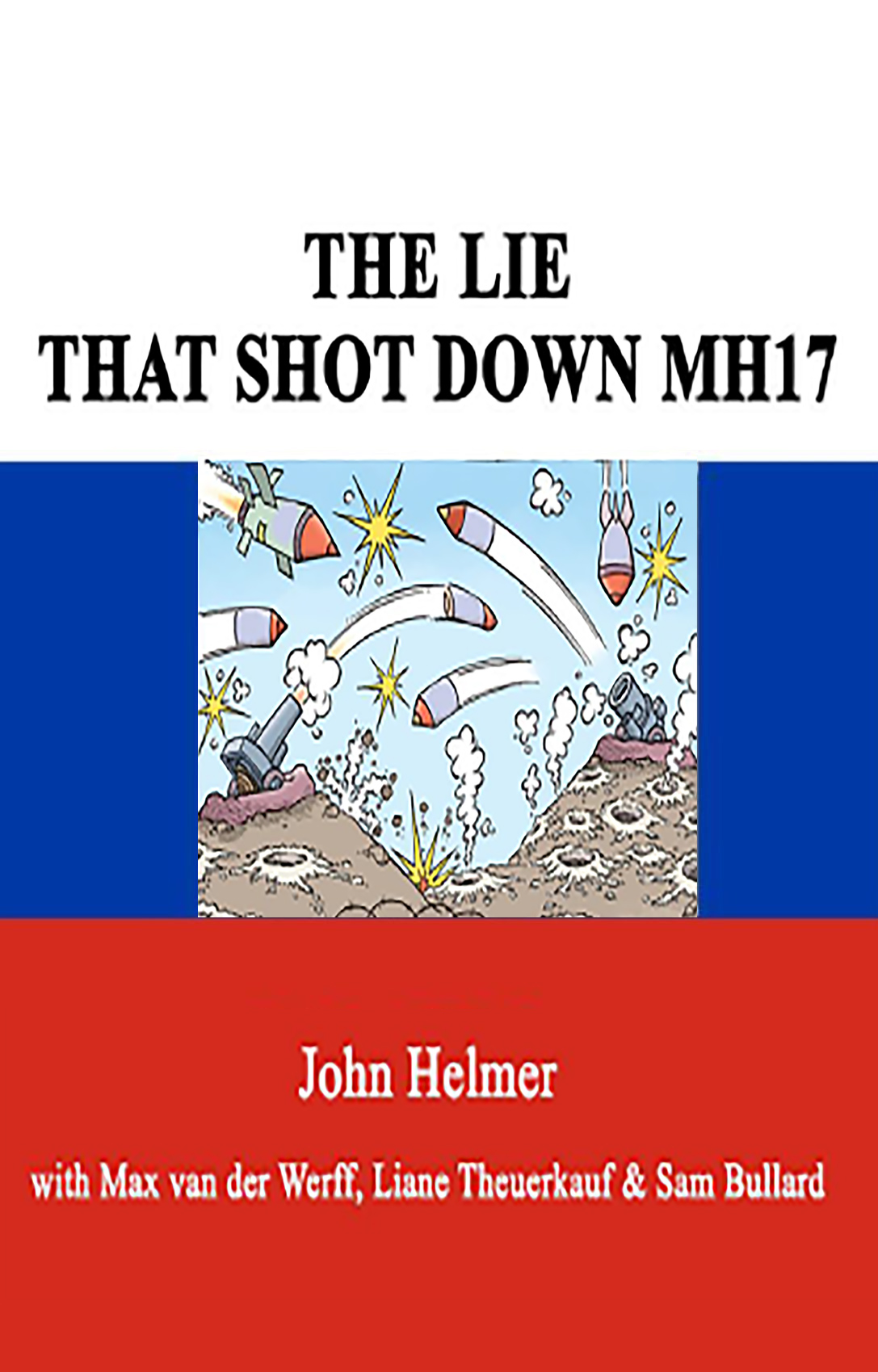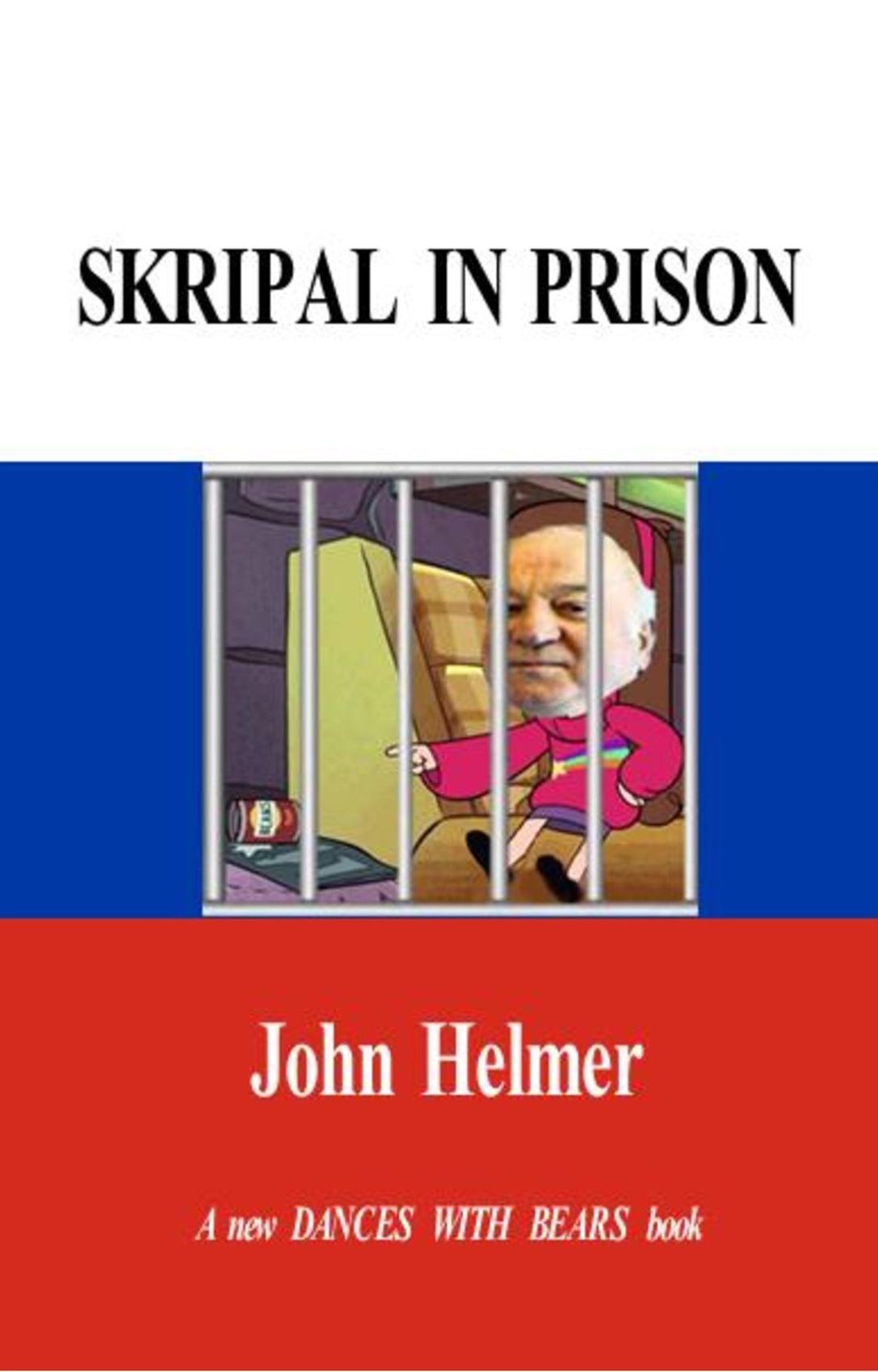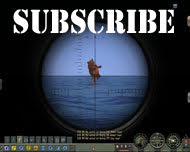

By John Helmer, Moscow
@bears_with
Russians are crying over the milk they can no longer afford to buy. The reason is that their income isn’t keeping up with the rapid rise in the price of milk, butter, and cheese.
Elvira Nabiullina (lead image, left), Governor of the Central Bank of Russia (CBR), is to blame.
The explanation, according to the National Association of Milk Producers (Soyuzmoloko) and dairy industry experts, is that Nabiullina’s policy of keeping the CBR’s key interest rate high is driving the economy into loss of demand and supply, falling investment, output and income, and at the same time rising prices combining altogether into a recession spiral.
“A slight reduction in the interest rate in question will not solve the problems in the industry,” says Sergei Blum, chief executive of Agromilk, publisher of the industry bible Dairy News. “The profitability of milk production has dropped significantly, and the current rate, which is essentially prohibitive, cannot affect this in any way. At a rate of 10%-11%, we will see stagnation in the industry. Recovery is possible only between 5% and 7%. The current level of the key rate has had a very negative impact on the leasing market, as well as on the secondary market of [used] agricultural machinery. Obviously, no one will give much clarity about how the key rate will change — this is not practiced anywhere in the world.”
In fact, accompanying the October 24 reduction of the key rate to 16.5%, Nabiullina issued CBR forecasts for three years – stagnation this year, and in 2026-27 recession with negative GDP growth rates between 2.5% and 3.5%. “The upward deviation of the Russian economy from a balanced growth path is narrowing,” Nabiullina reported this euphemistically and then admitted the truth. “The Russian economy’s potential and its growth rates will both decline. GDP will be contracting during two years. A significant decline in supply will be fuelling inflation.”
In the farmyard, at the dairy, and on the grocery store shelves, what this means is the slaughter of more cows, lower production of raw milk, higher processing costs, jumping retail prices, growing stocks of unsold products. They are not combining to reduce price inflation, as Nabiullina insists her monetary policy must do.
Instead, this is the recession which Russia should have, as Nabiullina’s protégée and former first deputy governor of the CBR, Ksenia Yudaeva, has assured the US Treasury and the Executive Board of the International Monetary Fund (IMF) since November of last year, when Nabiullina sent her to Washington to fill Russia’s IMF seat. In April 2022 the Treasury sanctioned Yudaeva; Nabiullina wasn’t sanctioned until five months later in September 2022. Now, however, Yudaeva is the highest ranking Russian Government official to enjoy US sanctions relief.
The spilled milk has become a rallying cry for the political opposition to Nabiullina and to Kremlin support of her. “The main condition for economic development is the refinancing rate, which must be reduced before the Central Bank ruins agricultural producers and starves consumers,” declared Sergei Mironov, head of the Just Russia-For Truth party in the State Duma. “Butter rose in price by 34%, sour cream and milk by 22%. And the incomes of most citizens, contrary to the Rosstat reports, are declining, and people are simply starting to save on food. The experts note a decrease in the consumption of dairy products in Russia: in the first seven months of the year, sales of sterilized milk decreased by 10.8%, butter by 10.7%. Did people stop liking milk? Of course not… It is necessary to support citizens and accept the proposals of Fair Russia: to reset VAT on basic foodstuffs; limit the trade margin to 15% of the manufacturer’s price.”

Source: https://www.clal.it/en/?section=stat_russia
Mironov last met President Vladimir Putin at the Kremlin in November 2024 when the President said he “would like to hear your perspective on the current state of affairs. What do you identify as the most pressing and significant matters, and what initiatives is your faction undertaking within the Duma?” The Kremlin communiqué records the opening of Mironov’s agenda. Putin is recorded as saying: “Very well” and “indeed”. The two have not met this year.
Ten Russian experts on the dairy industry have recently explained in detail and in public what is happening and why; half of them are producers, half consultant analysts. To amplify on their remarks in the Moscow press, they were asked three questions: 1. If consumer incomes are falling and demand is down, and unsold stocks are rising, why are prices for milk, butter and cheese still going up? 2. If raw milk prices are reportedly dropping, why are processed product prices rising? 3. What percentage of processed product pricing is raw milk supply, what percentage is processing costs, financing costs, retail margin?
When contacted by telephone, they either refused to answer at all or requested an email — and then refused to reply to that. This is a wartime effect. During the Yeltsin Administration, when the country’s economy and military were being dismantled and destroyed by the Clinton Administration, there was no comparable reluctance of Russian businessmen and industry experts to speak to foreign reporters, especially Americans. Now, however, they will talk freely in the Russian media, but they are afraid to go on record with foreigners. Only the state media quote selected foreign journalists in their reporting, especially Americans.
The same refusals to answer questions have been documented in the reports earlier this year on vodka, wine and coffee consumption and sales; bread prices; and potatoes. When anonymity in the communication channel is trusted, or when Russian reporters ask the questions, the answers are given freely; carefully too, so that the criticism of Nabiullina and the CBR can be read between the lines.
Last week, for example, Artem Belov (right), director-general of Soyuzmoloko, told a dairy convention in Siberia, that the producers were forecasting a 1% decrease in milk consumption next year. “We predict that there will be a slight decrease in consumption growth. Now we have leveled off, plus or minus, but year by year, I think it will be zero, maybe minus 1%. The production of marketable milk will still be in the black by about 2%. There will be a decrease in import volumes of about 9%. This will help to balance the market situation.”
In fact, Belov’s numbers indicated a much more negative trend. “In the first quarter of 2025, consumption decreased by about 5%. At the same time, in some categories, such as butter, consumption fell by 30%. Consumption has decreased, and only now, in October, we have reached a situation where the volume of consumption is comparable to 2024.” The reason, Belov is quoted as saying, “is a slowdown in the growth of household incomes and “a fairly serious increase in the price of dairy products, which we observed last year…An additional factor was the sharp strengthening of the ruble. This led to a decrease in the growth rate [of consumption] and even to a decrease in export volumes to non-CIS markets…[and] a very serious increase in stocks in the main milk-intensive categories. In addition, Belov notes a 2% decrease in the number of cattle in 2025. In particular, a reduction in livestock is observed on small farms against the background of problems with a shortage of personnel, rising taxes and tightening monetary policy.”
Pravda — still an opposition medium though the online edition is no longer owned by the Communist Party — reported that Belov added in his speech to the Siberian Union of Milk Producers on November 5: “The situation next year will depend on the monetary policy of the Central Bank, the ruble exchange rate and the growth of real incomes of the population.”
A year ago, the domestic dairy industry picture was quite different. On the one hand, production of raw milk and processed dairy goods was rising, and at the same time demand was steady and sales were rising.
OUTPUT OF RUSSIAN DAIRY PRODUCTS, 2023-24

According to Anastasia Vyalikova, Director of Agriculture and Food Industry Development at Reksoft, a St. Petersburg-based consulting company, Russia’s self-sufficiency in production of cheese, butter and powdered milk had reached 76%, while overall coverage of domestic demand for dairy products had reached 85%.
Vyalikova told the industry media that in 2024, the volume of milk sales had reached 56,000 tonnes, which was 2,000 tonnes (4%) more than in the previous year. That indicated, Vyalikova said, the rate of increase in demand was growing faster than the supply of raw and processed milk to meet it. The reason, she said, was the result of low purchase prices for farmers and producers in 2023. At the same time, there were delays in the supply of feed, veterinary drugs and an increase in the wage fund, which negatively affected the profitability of dairy farms. According to Vyalikova, the cost of production significantly exceeded the dynamics of selling prices, and food inflation in the first half of the year was higher than the increase in retail prices for dairy products. By the end of the year, prices approached the level of cost. In 2025, she said she was anticipating a moderate increase in prices, which she believed would be restrained by government control measures.
“It is planned that by 2030, the volume of dairy exports from Russia will increase from $438 million to $731 million. This will be facilitated by an increase in global milk consumption, lower production volumes in Europe and New Zealand, as well as opportunities to increase domestic production. In 2024, exports have already shown significant growth: the volume of supplies increased by 6%, and their value increased by 19%. The main growth drivers are cheese, ice cream, milk, and cream.”
One of the impacts of the sanctions war has been the exit from the Russian market of the French dairy giant Danone, allowing both smaller and larger Russian dairy companies to gain market share and profitability. “The analysts reported that [in 2024] Wimm-Bill-Dann became the largest player in the Russian dairy market, with revenue close to RUB 136.7 billion (US$1.51 billion). The company overtook Health & Nutrition, former Danone, whose business experienced deconsolidation in some segments as Danone departed from Russia in 2023. This departure had a significant impact on the market dynamics, leading to a reshuffling in some market segments. The dairy industry is performing well compared to other agricultural segments.”
However, the impact of the high CBR key rate on costs and margins was acknowledged to be squeezing earnings, dividends, retained profits and investments. “Average profitability rate across all industry sectors has neared the level jeopardising further investments.”
For analysis of the oligarch takeover and monopolization of the Russian dairy industry implemented during the Medvedev presidential administration of 2008-2012, click to read the archive.
As the sanctions war escalated in 2022, PepsiCo, the US owner of Wimm-Bill-Dann, did not follow Danone in exiting from Russia, although it has sold a non-dairy part of its domestic beverage business. This followed Ukrainian pressure and advertising that PepsiCo was an “international sponsor of the war”.


In April of this year, Dairynews.ru, the Russian industry bible, interviewed a group of producer representatives and consulting experts to explain what is currently happening in the domestic dairy market, their reasons, and their predictions for next year.

Source: https://dairynews.ru/news/chto-proiskhodit-s-tsenami-na-syroe-moloko-obval-i.html
Vladimir Mikhailov notes that, firstly, there is a decrease in demand for finished products. In January 2025, sales of dairy products have already fallen by 4% compared to the level of the fourth quarter of 2024. In March, according to cash receipts, the decrease was 5%-6% in the basic categories (milk, sour cream, cottage cheese). Secondly, the rise in prices for finished products has been affected: the rise in the cost of raw materials has led to an increase in retail prices which in turn has reduced the purchasing power of the population. Thirdly, there are seasonal factors: during the Lenten fasting period [March 5-April 17, 2025], consumption of dairy products is traditionally reduced. Fourth, there has been an increase in the production of marketable milk. In January-February 2025, production increased by 4% compared to the same period in 2024, which increased pressure on the market. Fifth, there is a change in the balance of supply and demand. In 2024, demand exceeded supply, but now the situation has changed, which has led to a price correction.
Alexander Polyak draws attention to the fact that the price of raw milk increased solely as a result of the increase in the price of butter. Now it is being adjusted, not falling, but simply coming into line after a strong rise. “It was clear that exactly this would happen last summer, as I mentioned in the comments for DairyNews.ru The situation with lower prices for raw materials is indeed somewhat similar to the situation in 2023. For several months in 2022 (due to the shock in the market after February 24), there was a strong jump in prices, then they slowly crept down, and then completely collapsed by an average of 25%,” explains Polyak.
According to Konstantin Sinetsky, the drop in raw material prices is most likely due to the fact that for some reason there was an excess volume of milk in the regions, which began to put pressure on the market. Producers of raw materials began to lower prices as buyers began to abandon expensive milk in favor of cheap milk. “In addition, retail chains which also monitor the situation require suppliers to reduce their prices. Accordingly, processors are redistributing the price burden — they are losing profits, in fact, they are cornered,” says Sinetsky.
Nikolai Trofimov is sure that it is definitely possible to talk about man-made causes. The [government] regulator is responsible for the growth of consumption of socially significant products, which is directly related to the retention of consumer price growth in retail chains. Regulation manifests itself in the administered price controls and in determining the volume of imports of finished dairy products at a cheaper price, which creates the effect of over-saturation of the market and puts pressure on the price along the entire chain from the counter to the producer. “Today we are faced with the consequences of an unreliable forecast for the growth of raw milk production and the need for measures to balance the market. A certain negative role is played by the factor of using unreliable data on evaluating the effectiveness of dairy cattle breeding without taking into account many of the costs of industrial production,” comments Trofimov.
Sergei Blum gives his arguments about the reduction in raw material prices: the process can be explained by the high exchange rate of the Russian ruble and traditions in which there is a lot of subjectiveness. “In my opinion, the reason is export/import. For example, Belarus has a milk surplus of 6-6.5 million tonnes per year. We do not know where it is going or how it affects the Russian market. The market needs correction tools. But today there are no real tools,” Blum sums up.
Sergey Anuchin, head of Chebomilk LLC, emphasizes that dairy price swings have always been present on the raw milk market. And this year is no exception. “I will cite a number of factors that, in my opinion, will correct the situation. The first two are associated with an increase in milk consumption, since the end of Lent and summer are ahead – it’s time for ice cream. The third is an increase in the dollar exchange rate, which will facilitate the export of dairy products. Everything will be fine, as always!” Anuchin is confident.
“Paradoxical as it may sound, it is now much more profitable for producers of raw materials to lower prices, which will eventually reduce prices for dairy products on the shelf. When demand starts to recover on the shelf, processors will need more milk again. Everything should be in accord: you can’t make cheap butter or other products from raw materials for 55 rubles,” Polyak believes. It is difficult to say how much milk prices will decrease, and how long this will last, according to Sinetsky. In any case, the market will adjust everything by itself, since there is no other mechanism. This expert is convinced: “The consumer will eventually pay for an increase or temporary decrease in milk prices. When there is a downward trend in prices for raw milk, some small and medium-sized producers go bankrupt or, for example, make an emotional decision to slaughter livestock. As a rule, such steps only worsen the subsequent situation in the milk market, as competition with raw material prices decreases.”
“I believe that the market will resolve everything — prices will return to the level of the end of summer 2024,” Dmitry Mironchikov predicts.
Vladimir Mikhailov believes that, in general, coordinated actions by all market participants are needed to stabilize the situation — manufacturers, processors and retailers. The conclusion of long-term contracts and flexible pricing policy will help mitigate market fluctuations and ensure the sustainable development of the industry.
“Today, the development of crisis situations cannot be blamed on the unrestrained nature of the market. Everything that happens is clearly visible and manageable at the 20% import level. The strong will survive, and those who have no financial savings will give up and say to themselves: ‘I am ordered to die in silence.’…In general, we expect professional work from the government regulator,” Trofimov comments on the situation.
Speaking about the emotional reaction of the market to what is happening, Blum notes that milk producers again have a reason to be uncertain about the future. According to the expert’s forecasts, by autumn, milk production will definitely begin to fall compared to spring, which will push up purchase prices. As a result, a correction will occur, even with a likely price increase. But such swings hurt the entire professional community.”
That was the way the market appeared in April. With partial substantiation, partial contradiction here is the Russian dairy industry data chart for 2021-24, plus forecasts for 2025; the chart has been compiled by the Italian dairy industry consultancy CLAL, using Russian and US Government data.

Source: https://www.clal.it/en/?section=stat_russia
Five months later in September, Dairynews.ru reported its panel of experts as making more negative forecasts as they focused on the impact of the CBR’s key rate. The analysts agreed to speak on the record; the producers were more guarded. For this website report, none of those identified by name in this publication agreed to clarify their remarks or respond to the latest CBR forecast for a two-year recession.

There’s no revolution — why the reduction of the key rate will not revive the dairy industry.
The key rate will fall from 18% to 16% next week, Sberbank predicts. The DairyNews.ru interviewed experts to ask whether they expect a reduction in the “key” and what level of the rate is necessary for the development of the economy and, in particular, the dairy segment of the agro-industrial complex.
Head of the dairy plant [anonymous]: “Indeed, we can expect that in September the rate will drop to 17% or even to 16%. But it’s too early to be happy, because for non-preferential investment programs or just large, serious investment projects, this level of the “key” remains too high, I would say, defensive. At the same time, for most existing concessional loans, a reduction in the key rate will be favorable, since most loans are tied to the “key”. . Accordingly, the burden on enterprises will decrease slightly at least.
In general, of course, reducing the “key” to 16% is not bad, but it is not at all a revolution. In my opinion, the market recovery can be expected from the key rate level of 12% and below.
Dmitry Mironchikov, a dairy market expert and managing partner of the Agromil consulting company: “I think that in September the Central Bank rate will decrease to 16%, and by the end of the year the interest rate may decrease to 14%. However, the rate of both 18% and 14% is a barrier to the implementation of new investment projects in both the production and processing of milk. This is because the payback period does not allow investors to reach a normal cash flow. However, preferential loans with a rate of 8% for the construction of new complexes have been preserved.
At the same time, I would not be too pessimistic. There are not as many investment projects as we would like — some of them are postponed, there is such investment boom such as in 2019-2020. But we still regularly hear about how various projects in the dairy industry are being launched in different regions, mainly in milk production, both in terms of modernizing existing production facilities and creating new dairy complexes.
The situation is worse in the milk processing segment, as there are clearly fewer government support measures than in milk production. In addition, the marginality of milk processing is lower due to rising costs and indirect price controls for finished products.
In my opinion, a comfortable rate for the implementation of new projects in the dairy industry is 4-5% on preferential loans. At the same time, it is necessary to understand whether the industry needs a large number of investment projects both in the field of processing and in the field of milk production. As an option, to export, but this direction is not very attractive for companies yet because of the strong ruble.
Dmitry Kumanovsky, media analyst at the Bonus Fabula telegram channel: “The Russian economy turned out to be super-cooled. In January 1, 2025, the share of unprofitable companies increased to 30.4%, almost repeating the 35% record of the pandemic year 2020. Therefore, it is urgently necessary to restore economic activity before the economy goes into recession. Since the [dairy] business is highly dependent on borrowed capital, the loan rates, taking into account the interests of the bank, should be no higher than 15%, and preferably 10%-12%. To do this, the discount rate of the CBR should fall to 12% and 7%-9%, respectively. So far, this is unlikely due to the fear of inflation risk. Therefore, at the end of the year, it is realistic to see the discount rate only at the level of 15%-16%, due to a decrease of 1%-2% at meetings of the Central Bank before the end of the year. And the main rate cut will be postponed to 2026. The 16% rate is not enough to revive the economy. Real loans from entrepreneurs at this rate will be at 19%-20% per annum, which significantly exceeds the profitability of most businesses. Such a rate will only reduce the interest payments paid on the obligations assumed. No more than that.”


















Leave a Reply